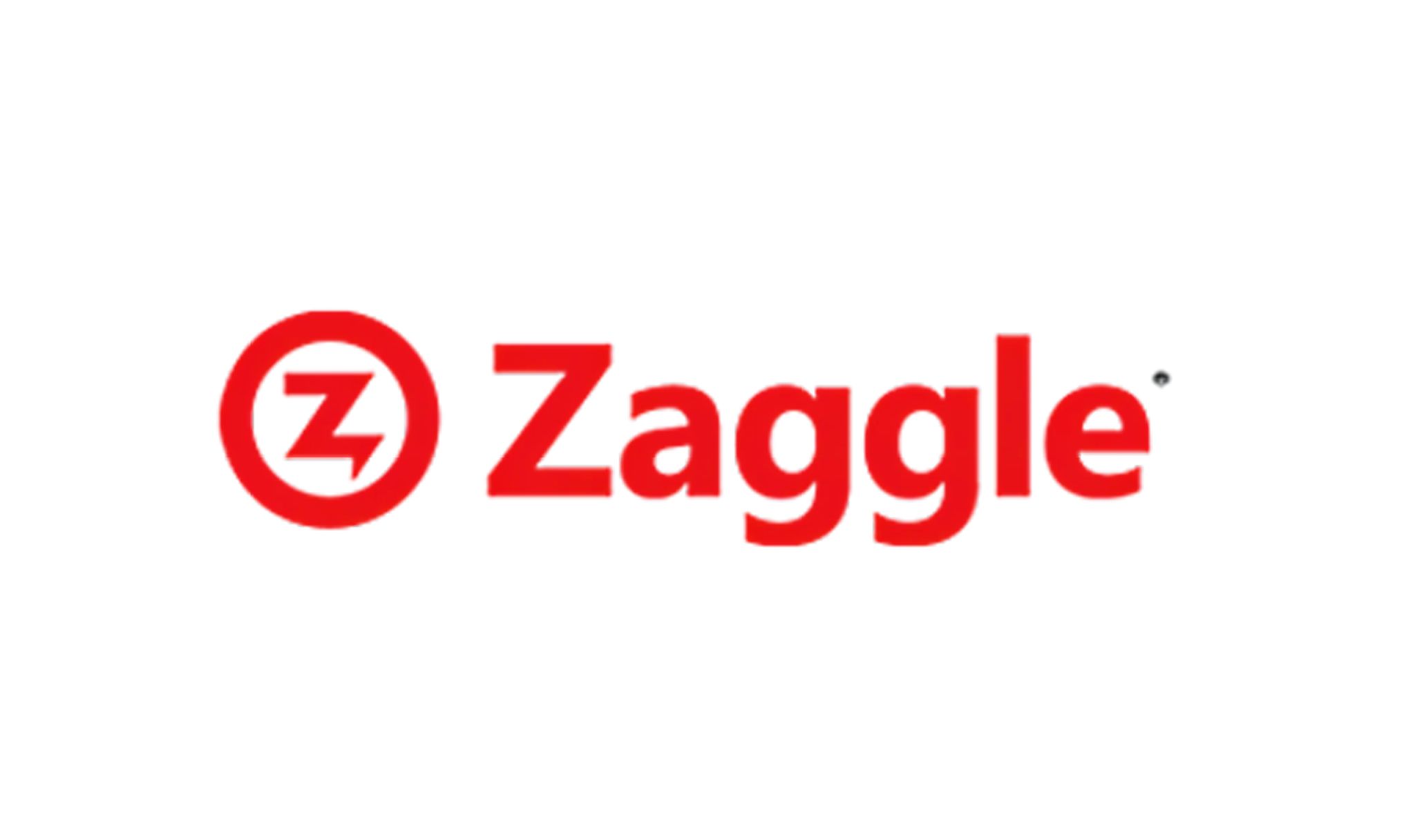The Indian stock market has been abuzz with activity, and one stock that has recently caught the attention of investors is Niva Bupa Health Insurance Company Ltd.. On May 8, 2025, shares of Niva Bupa surged over 14% following the announcement of its robust Q4 FY25 results. This significant rally has sparked discussions among investors and analysts about whether this health insurance stock is a compelling investment opportunity. With a net profit increase of 31.2% year-on-year (YoY) to ₹206 crore and a gross written premium (GWP) growth of 18.2% YoY, Niva Bupa has demonstrated strong financial performance. But is now the right time to invest? This blog delves into the factors driving the recent rally, evaluates the company’s fundamentals, and explores whether Niva Bupa is a stock worth adding to your portfolio.
Niva Bupa’s Q4 FY25 Performance: A Closer Look
Niva Bupa’s Q4 FY25 results, announced on May 7, 2025, have been a key catalyst for the recent share price surge. According to regulatory filings and media reports, the company reported a net profit of ₹206 crore for the quarter ending March 31, 2025, compared to ₹157 crore in Q4 FY24, marking a 31.2% YoY increase. The insurer also saw an 18.2% YoY rise in gross premiums written, reaching ₹2,078.7 crore, up from ₹1,759.4 crore in the same period last year. Net premium earned grew by 25.4% YoY to ₹1,530 crore, and the company maintained a low gross non-performing asset (NPA) ratio of 0.66%, down from 0.86% quarter-on-quarter (Qoq).
These figures reflect Niva Bupa’s ability to capitalise on the growing demand for health insurance in India. The company’s adjusted GWP for Q4 FY25 stood at ₹2,079 crore, representing an 18% YoY increase, while the full-year FY25 adjusted GWP reached ₹6,762 crore, up 21% YoY. Additionally, Niva Bupa’s market share in the retail health insurance segment rose to 9.4% in FY25, up from 9.1% in FY24, highlighting its competitive edge in a rapidly expanding market.
The company’s focus on operational efficiency was evident in its expense management ratio, which improved to 36.33% in Q4 FY25 from 38.67% in Q4 FY24. However, underwriting profit declined by 12.2% to ₹57.6 crore, and operating profit dropped 43.1% to ₹94.9 crore, indicating some areas of concern that investors should monitor.
Why Did Niva Bupa Shares Rally?
Several factors contributed to the 14% rally in Niva Bupa’s share price:
- Strong Financial Performance: The 31.2% YoY increase in net profit and 18.2% growth in GWP underscored Niva Bupa’s ability to deliver consistent top-line and bottom-line growth. These results outperformed market expectations, boosting investor confidence.
- Positive Analyst Sentiment: Brokerage firms such as Motilal Oswal and ICICI Securities have issued bullish outlooks on Niva Bupa. Motilal Oswal initiated coverage with a ‘Buy’ rating and a target price of ₹100, citing a projected 25% CAGR in GWP over FY25-28E. ICICI Securities also recommended a ‘Buy’ with a target price of ₹90, highlighting the company’s strong growth trajectory and tech-driven capabilities.
- Market Share Gains: Niva Bupa’s increased market share in the retail health segment, coupled with its high claim settlement ratio of 90% in FY24, has positioned it as a leader among standalone health insurers (SAHIS). This has resonated well with investors looking for companies with a competitive edge.
- Sector Tailwinds: The Indian health insurance market is under-penetrated, with only a small percentage of the population covered. Rising healthcare costs, increasing awareness of insurance benefits, and government initiatives like Ayushman Bharat are driving demand. Niva Bupa is well-positioned to benefit from these structural growth trends.
- Recent Momentum: Before the Q4 results, Niva Bupa shares had already gained significant traction. For instance, the stock surged 40% in just 10 days in April 2025, driven by positive brokerage initiations and the reappointment of CEO Krishnan Ramachandran, which received approval from the Insurance Regulatory and Development Authority of India (IRDAI).
Understanding Niva Bupa: Company Overview
Niva Bupa Health Insurance is a joint venture between the UK-based Bupa Group, a global healthcare leader, and Fettle Tone LLP, an Indian private equity firm. Established in 2008 and formerly known as Max Bupa Health Insurance, the company began operations in 2010. It offers a wide range of health insurance products catering to individuals, families, and senior citizens, with a network of over 10,000 hospitals and 8,700 cashless facilities across India.
Niva Bupa has emerged as one of the fastest-growing health insurers in India, delivering a compound annual growth rate (CAGR) of approximately 34% in GWP between FY22 and FY25. The company’s customer-centric approach, coupled with its use of technology, such as AI-powered claim settlement processes, has helped it achieve a claim settlement ratio of 90%, one of the highest among SAHIS. As of December 31, 2024, Niva Bupa covered 19.8 million lives, underscoring its significant reach.
The company’s IPO, launched on November 7, 2024, raised ₹2,200 crore at an issue price of ₹74 per share. The stock was listed on November 14, 2024, at ₹78.14 on the National Stock Exchange (NSE), a 5.5% premium over the issue price. Since then, the stock has experienced volatility but has shown strong upward momentum in recent weeks.
Is Niva Bupa a Good Investment? Key Factors to Consider
While the recent rally and strong Q4 results are encouraging, investors must evaluate several factors before deciding whether to invest in Niva Bupa:
1. Growth Potential in the Health Insurance Sector
India’s health insurance market is poised for significant growth due to low penetration rates, rising disposable incomes, and increasing healthcare awareness. According to industry estimates, the health insurance sector is expected to grow at a CAGR of 15-20% over the next decade. Niva Bupa’s strong historical growth (40% CAGR in GWP from FY20 to FY25) and its focus on the retail health segment position it to outpace industry growth. The company’s diversified product mix, with retail health contributing 68% and group health 31% of its portfolio, further enhances its growth prospects.
2. Financial Metrics and Valuation
Niva Bupa’s financial performance is impressive, but its valuation warrants scrutiny. As of May 7, 2025, the stock closed at ₹81.07 on the Bombay Stock Exchange (BSE), with a market capitalisation of approximately ₹15,016.33 crore. The stock’s trailing twelve-month (TTM) price-to-earnings (P/E) ratio is 93.42, significantly higher than the sector P/E of 9.87, indicating that the stock is trading at a premium.
Analysts at Motilal Oswal have assigned a target price of ₹100, based on a 40x FY27E P/E multiple, while ICICI Securities has set a target of ₹90, using a 35x FY27E P/E multiple. These valuations reflect expectations of strong earnings growth, with ICICI Securities projecting a 53% CAGR in profit after tax (PAT) over FY25-27E. However, the high P/E ratio suggests that much of the growth is already priced in, and investors should be cautious of potential downside risks if the company fails to meet lofty expectations.
3. Competitive Landscape
Niva Bupa operates in a competitive market, with rivals such as Star Health Insurance, Manipal Cigna Health Insurance, and ICICI Lombard General Insurance. While Niva Bupa’s claim settlement ratio and market share gains are strengths, competitors like Star Health have a larger market presence. Additionally, the potential entry of large players like Life Insurance Corporation of India (LIC) into the health insurance space could intensify competition. In March 2025, reports indicated that LIC was conducting due diligence on Niva Bupa, Star Health, and Manipal Cigna for a potential stake acquisition, which could impact market dynamics.
4. Risks and Challenges
Investors should be aware of several risks associated with Niva Bupa:
- Cybersecurity Concerns: In February 2025, Niva Bupa reported a cyber threat from an anonymous entity claiming to have hacked its customer database. While the company is investigating, such incidents could erode customer trust and lead to regulatory scrutiny.
- Tax Demand: In April 2025, Niva Bupa received a ₹16.71 crore tax demand for the assessment year 2022-23, related to disallowed expenses. The company plans to appeal, but prolonged legal battles could impact its financials.
- Profitability Pressures: Despite strong net profit growth, the decline in underwriting and operating profits in Q4 FY25 suggests challenges in maintaining profitability amid rising claims and operational costs.
- Market Volatility: The Indian stock market has been volatile, with geopolitical tensions and foreign portfolio investor (FPI) flows impacting sentiment. The BSE Sensex and Nifty 50 indices rose modestly on May 7, 2025, but broader market risks could affect Niva Bupa’s stock price.
5. Technical Analysis
From a technical perspective, Niva Bupa’s stock has shown strong momentum. As of April 24, 2025, the stock was trading above its 50-day and 100-day simple moving averages (SMAS), with a 14-day Relative Strength Index (RSI) of 69.9, just below the overbought threshold of 70. The recent 14% rally suggests continued bullish sentiment, but investors should watch for potential pullbacks if the RSI enters overbought territory.
Should You Invest in Niva Bupa?
Niva Bupa presents a compelling case for long-term investors, given its strong growth trajectory, leadership in the retail health insurance segment, and favourable industry trends. The company’s Q4 FY25 results demonstrate its ability to deliver robust financial performance, and positive analyst ratings from Motilal Oswal and ICICI Securities further bolster its appeal. However, the stock’s high valuation and potential risks, such as cybersecurity concerns and competitive pressures, warrant caution.
Investment Recommendations
- Long-Term Investors: If you have a horizon of 3-5 years, Niva Bupa could be a strong addition to your portfolio. The company’s projected 25% CAGR in GWP and 32% CAGR in PAT over FY25-28E, coupled with India’s under-penetrated health insurance market, make it an attractive growth stock. Consider accumulating shares on dips to mitigate the risk of overvaluation.
- Short-Term Traders: The stock’s recent momentum and technical indicators suggest potential for further upside, but the high RSI indicates a possible correction. Traders should set strict stop-loss levels and monitor market sentiment closely.
- Risk-Averse Investors: Given the stock’s premium valuation and potential risks, conservative investors may prefer to wait for a better entry point or consider diversified insurance ETFS to gain exposure to the sector.
Conclusion
The 14% rally in Niva Bupa’s share price following its strong Q4 FY25 results has put the spotlight on this health insurance stock. With a 31.2% YoY increase in net profit, an 18.2% rise in GWP, and a growing market share, Niva Bupa is well-positioned to capitalise on India’s booming health insurance market. However, its high P/E ratio, competitive pressures, and recent cybersecurity concerns suggest that investors should approach with caution.
Before investing, conduct thorough research, assess your risk tolerance, and consult with a financial advisor. Niva Bupa’s fundamentals and growth prospects make it a stock to watch, but timing and valuation will be critical in determining whether it’s the right time to invest.















0 Comments